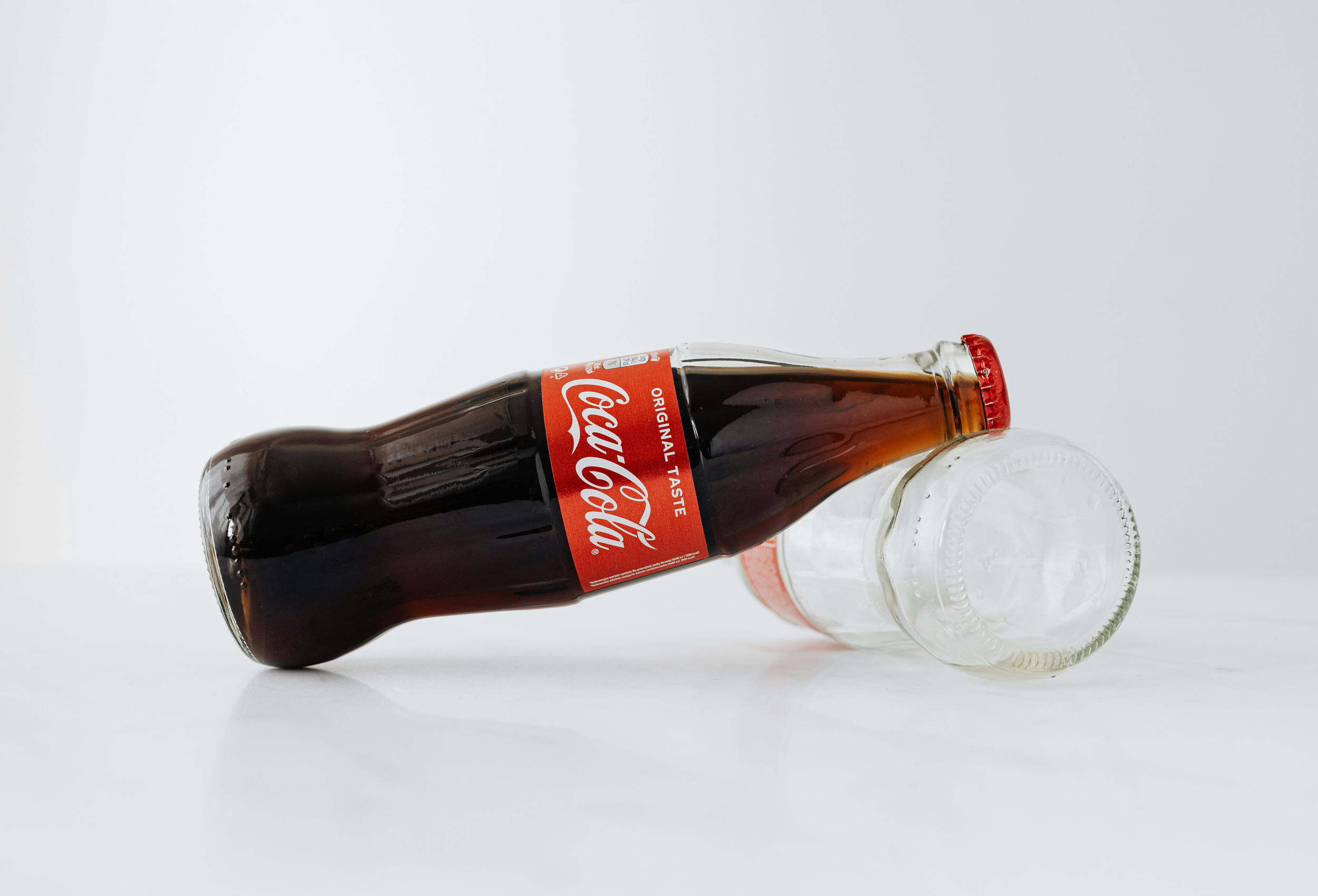In the dynamic landscape of product packaging, bottle labels stand as a critical facet of brand identity and consumer engagement. This article explores the latest design trends, material choices, and content considerations for creating bottle labels that not only captivate but also communicate the brand’s ethos effectively.
Design Trends
The current trajectory in bottle label design leans heavily towards simplicity, with minimalist and clean designs taking centre stage. This approach focuses on distilling the label to its essential elements, ensuring clarity and ease of recognition for the consumer. Bold, eye-catching typography is another significant trend, serving as a visual anchor that draws attention and conveys brand personality.
Hand-drawn or custom illustrations add a personal touch, differentiating products in a crowded marketplace by imbuing them with character and story. Sustainability is also a pivotal consideration, with designs increasingly reflecting eco-conscious values through minimalist labelling and the use of eco-friendly materials. Personalization and storytelling are becoming essential tools in creating an emotional connection with consumers, leveraging narrative elements to engage and resonate on a deeper level. Furthermore, the introduction of vibrant, unexpected colour schemes challenges traditional conventions, making products pop off the shelves.
Interactive elements such as QR codes or augmented reality features are redefining consumer interaction, offering a bridge between the physical product and digital experiences.
Material Choices
Choosing the right material is crucial for both the durability and aesthetic appeal of bottle labels. Synthetic materials like BOPP offer resilience and versatility, making them suitable for a range of applications. They provide water resistance and durability without sacrificing design flexibility. For brands committed to sustainability, recycled paper or kraft paper presents an environmentally friendly option that doesn’t compromise on style, adding a rustic, natural charm to the packaging. Embossed candle labels add a touch of elegance and sophistication to your candle products, elevating their visual appeal and making them stand out on the shelf.
Textured paper adds a layer of luxury, elevating the product with a tactile quality that enhances perceived value. Clear or transparent materials cater to the “no-label” look, a trend that favours simplicity and transparency, quite literally allowing the product to speak for itself. For a more striking visual impact, specialty materials such as metallic or holographic finishes can be employed to create a memorable and attractive label.
A sophisticated approach involves combining materials to achieve a layered effect, such as pairing clear film with paper backing. This technique allows for creative expression and can contribute to a label that stands out both visually and texturally.
Content Considerations
When it comes to the content of bottle labels, clarity and conciseness are paramount. Every word should serve a purpose, contributing to the overall message and appeal of the product. Legal and regulatory information must be presented accurately, but beyond compliance, the content should aim to inform, engage, and persuade the consumer. This includes communicating the brand’s story, values, or unique qualities of the product in a way that resonates with the target audience.
Interactive elements like QR codes can extend the content beyond the label, offering additional information, engaging stories, or exclusive content, enriching the consumer experience and fostering brand loyalty.
Conclusion
The art and science of bottle label design are evolving, influenced by trends that favour minimalism, personalization, sustainability, and interactivity. Material selection plays a crucial role in achieving the desired aesthetic and functional outcomes, with a growing emphasis on eco-friendly options. Content must be crafted with precision, ensuring that each element of the label contributes to a coherent and compelling narrative. In navigating these considerations, brands can create bottle labels that not only attract attention but also build a meaningful connection with consumers, ultimately contributing to a stronger brand identity and enhanced market presence.
